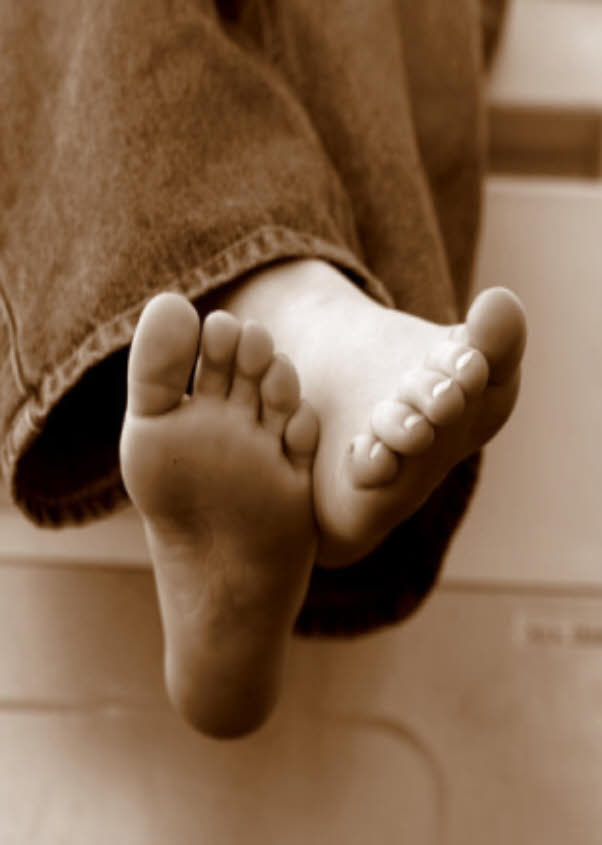by Vani Viswanathan
[box]Could a few planks nailed together have a soul? Yes, in Meera’s case. Read on as Vani Viswanathan narrates the story of how an antique cupboard featured in Meera’s life. [/box]I don’t know how it was in your house, but in mine, my grandparents had a large room to themselves. A room whose furnishing was in stark contrast to the contemporary furnishing in the rest of our house. A room ridden with antique wood – ‘Burma teak, imported with the help of Chettiar’, Grandpa used to proudly say. There was a reclining chair with elaborate round carvings at the ends of the slithering arm rests, and a bedframe that was sturdy enough to withstand six of their grandchildren jump about (much to Grandma’s dismay, of course). And a rectangular bedside table with a delicate wheel carved at its centre, and the most intriguing of all, the wooden cupboard with the mirror on its doors.
The wooden cupboard had an interesting story that Grandma would narrate at the drop of a hat to anyone who cared to – and even those who didn’t want to – listen. Another proud import from Burma, the cupboard had once belonged to one of those rich English ladies ‘who had lived in the depths of Burma in the 1940s’, survived the war in 1942 and reached the house of Krishnaswamy Iyer – Grandma’s father – as a gift from the Chettiar. The Chettiar, incidentally, was instrumental in getting my grandparents married by introducing my grandfather, then his gumastha , to my great grandfather, who lost no time in checking the horoscope compatibility of his daughter with this young man. It was deemed a stellar match and the wedding was soon arranged for. Grandma’s story would move alarmingly quickly from the war-ravaged cupboard to how Grandpa’s mother had pulled her plait to make sure it wasn’t false hair; we, the ever obliging grandchildren, used to patiently listen to her and would look out for the first person who yawned, to pinch him and make him the ‘catcher’ for the next game.
Returning to the cupboard. As kids ranging from 6 to 10-years-old, the cupboard held a weird fascination for us. We would wait with bated breath as Grandma would fetch the key, hidden behind the Radha Krishna painting hoisted beyond our reach in the living room. Whenever we heard the thick, loud jingle of the keys, we’d run to their room and obediently sit, lining the length of bed on the left, our legs dangling off the bed. The bed stood a couple of feet from the ground that the six-year-old I was, had to jump up to sit on it. Settled down, having a direct view of the cupboard, we would stifle our excitement into grins, and occasionally, a chuckle would escape unchecked.
The moment Grandma opened the cupboard, we’d get a whiff of a myriad of pleasant smells – ranging from naphthalene balls, to perfume, to incense sticks. The girls among us – me and my 10-year-old cousin Sharadha – would breathe it in, and say ‘Ahhh!’ The boys would take it in quietly, not wanting to show that they are pleased, for fear of losing their macho-ness.
As children, we were not allowed to touch anything but only see the treasure so carefully maintained by Grandma. There were four rows in the cupboard: one full of Grandpa’s silk dhotis, laundered and pressed and arranged in an order that only Grandma could remember, such that she could whip out the ‘red mayilkann from 1992’ that Grandpa would often ask for, in an instant. Two rows were filled with Grandma’s silk sarees in a mindblowing variety of colours, ranging from grape violets to Copper Sulphate to ‘MS’ Blue that was her all time favourite. Again, neat, laundered and packed as in the famous Nalli silk sarees store. The fourth shelf was split into two – one was an open shelf, stuffed with Turkish towels and handkerchiefs, and the other half a sturdy safe that looked strong enough to deter any thief. In this was real treasure – jewelry, papers we couldn’t understand, and purses. We would be chased out of the room every time Grandma wanted to open the safe, for she was afraid that one of us would get very excited and cause her to drop something precious – like her diamond studded nosering that she reserved for special occasions.
Not that jewelry mattered much to us then, anyway. One peek into the magical trove and we’d scamper away to continue our games under the sun.
Things did change when we grew into teenagers. Grandma would let me bring out her silk sarees and carefully unravel them to show me the exquisite designs in the pallu, smiling as I gasped at the beauty of it. I’d listen, awed, as she’d narrate to me how the thread was actually made of gold, and not just any thread as I’d imagined.
She’d dig out notebooks containing recipes, her carnatic music songs written in her meticulous, calligraphic handwriting. The notebooks would be yellowing, and the paper would sometimes feel brittle – after all, a number of them were from the 1940s, and had brand names such as ‘EKV Stores’ or ‘Freedom Supplies’ on them. These notebooks had cost three annas – an amount that is hard to attach any value to today.
As the years rolled by, Grandma brought more and more things from hiding from inside the cupboard – which made me as excited about the opening of the cupboard as I was when I was six. She brought out crochet purses that were fashionable when she was a teenager, and were now back in fashion after going through a full cycle. And then, one day, she announced that after she passed on, I would get her coral necklace, while Sharadha would get the pearls. I’d admire those ancient (to me!) designs, well preserved for over 60 years in gold. I’d wonder if any of these would go well with my sarees. Grandma soon allowed me to bring the boxes of jewelry out even – a far cry from the time we’d be chased out of the room when she opened the safe. As I handed her each box, she’d tell a story around me – how the lacquer box was a gift from her brother-in-law when he went to Japan, or about the sandalwood box her mama had bought for her when he went to Mysore.
Years passed. I had gone abroad to study, and was able to go home only once a year. The last time I was home, Grandpa’s voice had become feeble, and Grandma had nearly lost her hearing sense that she spoke loud enough to wake the entire household.
‘Patti!’ I screamed for the nth time to the lady sitting by the window with her rosary in her hands, lips moving in silent prayer. Grandpa, reclining on his easy chair, wildly flailed his arms about to attract her attention. ‘Meera is calling you to go have dinner!’ he said, in a voice that had become hoarse due to his attempt to be loud enough for her to hear.
‘Huh?’ said Grandma loudly. I walked up to her and said ‘Let’s eat,’ and helped her to her feet to lead her to the dining room.
‘Meera!’ Grandpa called. I went in to their room.
‘Get the key to the cupboard,’ he said.
I went to the Radha Krishna painting and took the keys with me. Grandpa gestured to me to open the cupboard.
‘Look under the pile of dhotis in the right corner.’ I put my hand underneath the crisp dhotis and felt some cardboard and pulled it out.
It was a brown file with a long, red tag on it.
‘Should I open it?’ I asked.
He shook his head no. ‘That’s my will,’ he said.
‘Oh.’
‘Just letting you know. By the bye, the cupboard is for you after Patti and I move on.’
I laughed, touched by the gesture, and turned to look at the cupboard. It was surprising how just a few wooden planks put together almost had a soul, and how many memories it held. A cupboard that had stood not just the tests of war, but also of time, and affection.
Pic : 1HappySnapper – http://www.flickr.com/photos/21560098@N06/
[facebook]share[/facebook] [retweet]tweet[/retweet]





